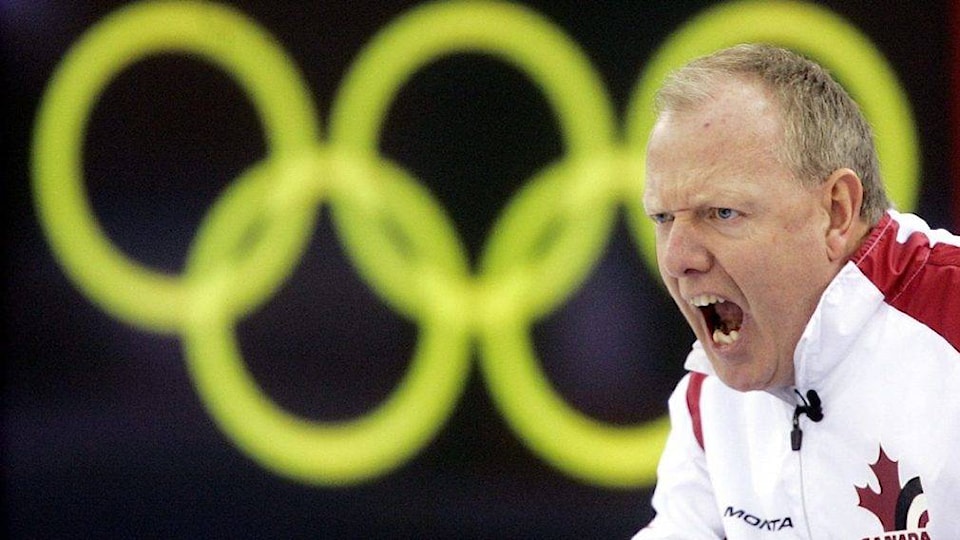When Russ Howard moved to the men’s level from junior competition over four decades ago, curling games were usually 12-end affairs.
The Hall of Famer, who played third in his rookie season for skip Paul Macdonald, recalled one particularly taxing day when a two-out-of-three regional playdown was required for a berth in the Ontario championship.
“We played 37 ends in the same day swinging a corn broom,” said Howard. “I can still feel the blisters.”
Relief from those marathon games soon arrived as 10-end games were implemented at the 1977 national men’s championship. The Tim Hortons Brier has stuck with the format ever since and it has been the norm at the Winter Olympics, Scotties Tournament of Hearts, provincial playdowns and world championships.
The long-standing tradition could soon be coming to an end.
Discussion on moving to a shorter eight-end game has been a talking point for years and it’s the headline subject at this week’s World Curling Congress in Mexico. The World Curling Federation’s 61 member associations could put it to a vote Friday at their annual general assembly.
“I think it needs to happen yesterday,” said Warren Hansen, a 1974 Brier winner and former Curling Canada event operations director. “But that’s my opinion and I know a lot of the old guard of the sport still want to cling on to the 10 ends.
“But I think as we move forward here there’s just so many things that have to happen to shorten this game up. It’s just simply too long and if we want to get people that are younger participating, it’s got to be shorter.”
If the WCF does go ahead with a change, a rollout is not expected until after the 2022 Winter Games in Beijing. Curling Canada is expected to follow the WCF’s lead.
The World Curling Tour, including the Grand Slam circuit, currently uses the eight-end format. Spectators, broadcasters and athletes often gravitate to the shorter model since it usually offers more excitement and games wrap up about a half-hour earlier.
The 10-end game tends to favour the stronger team since more ends are in play. Traditionalists feel consistency should rule since national, world and Olympic representation can be on the line.
The WCF board began an initiative at the end of last season to investigate the potential impact of shorter games. The Olympic debut of mixed doubles at the 2018 Pyeongchang Games moved the issue to the front burner.
“The audience that watches curling at the Olympics obviously is not just curling fans, it’s sports fans,” said curling author and TSN broadcaster Bob Weeks. “I think when they saw the comparison between the two, it was obvious.”
Mixed doubles was a big hit thanks in part to its quicker pace. The discipline made regular team events seem downright sluggish in comparison.
It can be hard to believe that when curling made its Olympic debut in 1924 in Chamonix, France, games were a whopping 18 ends. A 16-end game was used eight years later at the 1932 Games in Lake Placid.
The first Canadian men’s championship — the 1927 Macdonald Brier at Toronto’s Granite Club — featured 14-end games. The length was trimmed to 12 ends the following year and that format remained in place for almost five decades.
WCF member association representatives are discussing a variety of curling topics over the three-day event in Cancun. On Thursday, the WCF said a new world team ranking system for the three Olympic disciplines (women’s, men’s, mixed doubles) will start this season.
The system, to be administered by CurlingZone, will ensure that all relevant competitive events are eligible to earn points and that there’s a fair weighting of points distributed globally, the federation said in a release.
